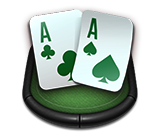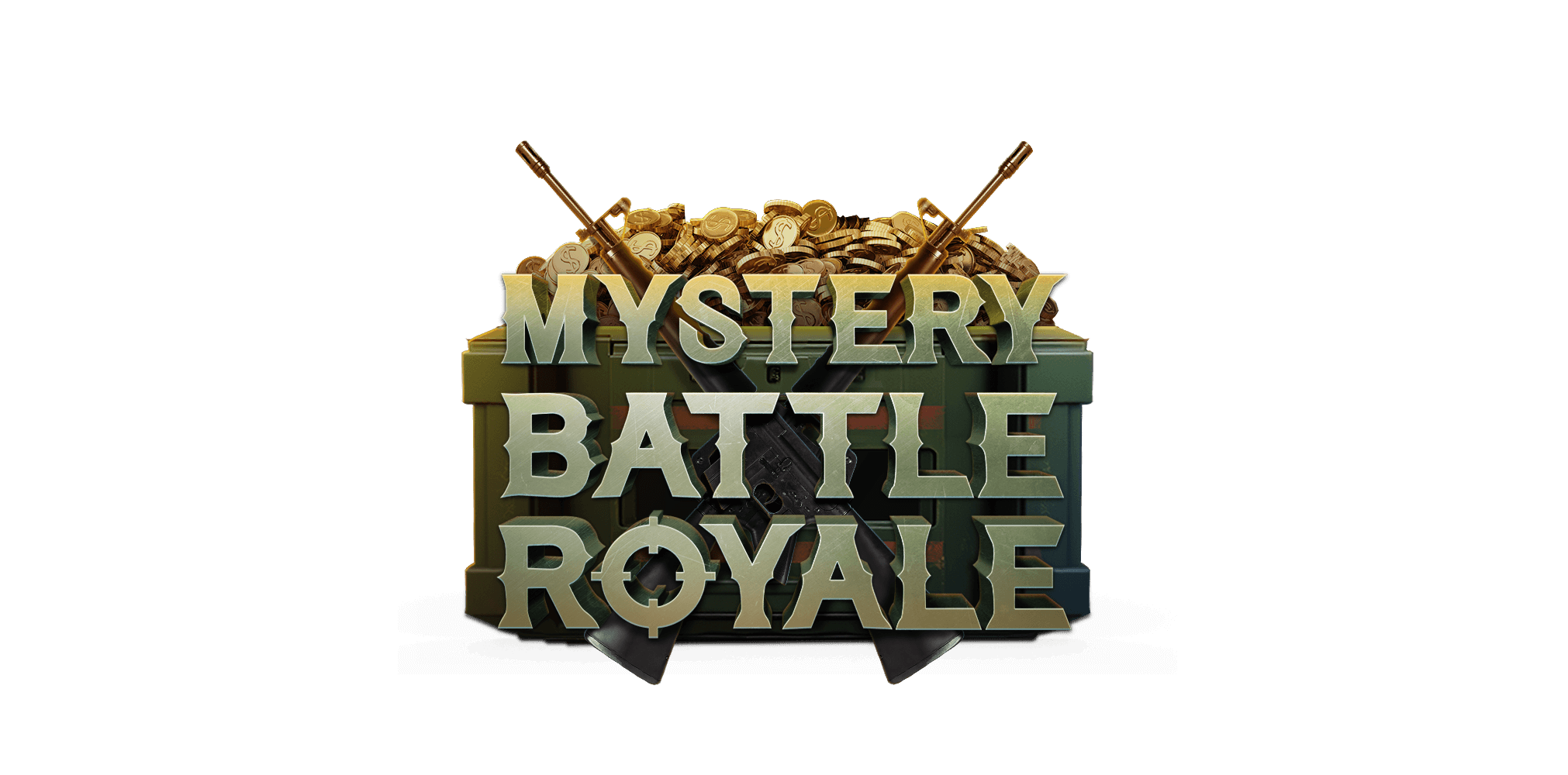
In poker, knowing how to play combo draws effectively can be the difference between a winning and losing session.
A combo draw is a powerful drawing hand that gives a player multiple ways to improve, typically by having both a flush draw in poker and a straight draw simultaneously. These hands often carry significant equity, allowing you to play aggressively while maximizing your fold equity.
Understanding Combo Draws: The Power of Multiple Outs
A combo draw occurs when you hold a hand that can make both a straight flush, a straight, or a flush by the river. This often means you have cards of the same suit that also connect well in rank. The most common combo draws include:
Open-ended straight draw + flush draw: You have eight outs to complete a straight and nine outs to make a flush, totaling 15 outs.
Gutshot straight draw + flush draw: You have four outs for a straight and nine for a flush, giving you 13 outs.
Evaluating Pot Odds and Implied Odds
When playing a combo draw, understanding pot odds and implied odds is crucial.
Pot odds refer to the price you're getting to call a bet compared to the size of the pot. If your poker hand has enough equity to justify a call based on the likelihood of improving, you should proceed.
Implied odds consider potential future bets you can win if you complete your draw, making aggressive play more profitable.
When to Bet, Raise, or Fold With a Combo Draw
Playing combo draws well involves knowing when to push your advantage and when to fold. Here’s how you can approach different situations:
1. Betting and Raising Aggressively
In Texas Hold’em, combo draws are among the best semi-bluffing hands. Since you have so many outs, betting and even check-raising can force opponents to fold weaker hands while still giving you a strong chance to win if called. Raising from the small blind with a combo draw can also help you take control of the hand and put pressure on opponents who may have weaker holdings.
2. Calling With Strong Equity
If facing a bet, calling can be a solid option, especially if you’re getting good pot odds. If the community card texture suggests you have a disguised draw, calling may allow you to extract maximum value when you hit.
3. Folding in the Right Spots
Not all combo draws are created equal. If the board is paired, you risk running into a full house if you make your flush or straight. Similarly, if the board heavily favors your opponent’s range, such as when they show extreme strength in a multi-way pot, folding might be the best option.
The Art of Reading the Board and Opponents
A skilled poker player doesn’t just rely on math but also considers opponent tendencies. Against tight players, semi-bluffing aggressively can be effective. Against loose players, playing more straightforwardly and maximizing value when you hit is the better poker strategy.
Cash Games vs. Tournament Play
Playing combo draws in cash games differs significantly from tournaments due to stack depth and risk factors. In cash games, players tend to have deeper stacks, allowing for more aggressive play and semi-bluffing, since they can always reload if needed.
In contrast, tournament play requires more consideration of stack sizes, fold equity, and survival. Since losing all your chips means elimination, tournament players may need to be more selective with aggression, especially in high-pressure stages like the bubble or final table. Understanding these differences is key to adapting your approach and maximizing profits in both formats.
Conclusion: Elevate Your Game With Combo Draws
Mastering combo draws in poker is essential for anyone looking to improve their cash games performance. Understanding when to play aggressively, how to assess fold equity, and calculating pot odds will give you an edge in tough spots. By incorporating these strategies, you'll turn your drawing hands into profitable weapons at the table.






























